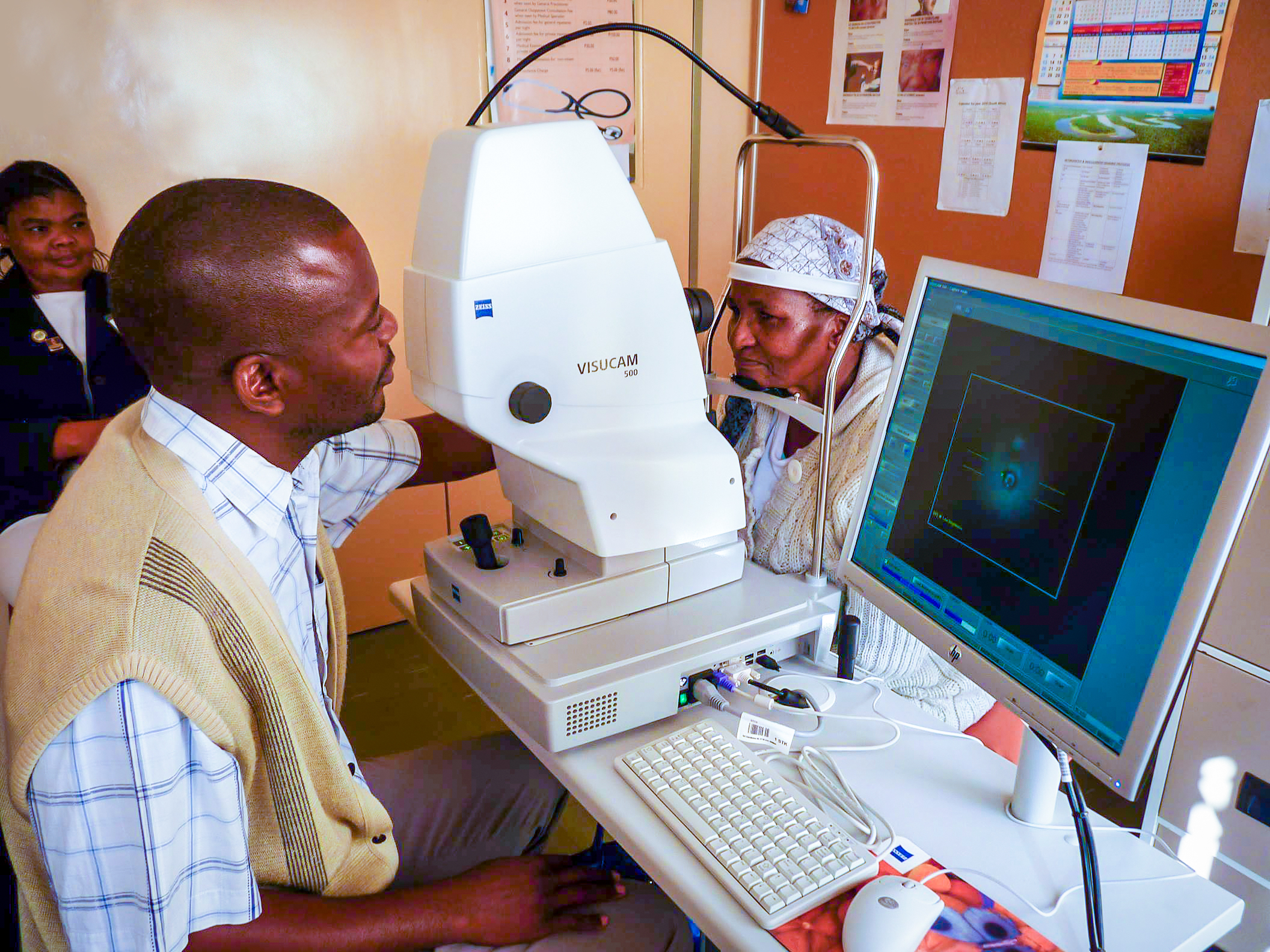The RAAB Diabetic Retinopathy Module

It is well established that the prevalence of diabetes is rapidly increasing worldwide. However, there is little information on the prevalence of diabetic retinopathy (DR) in different parts of the world and particularly in low and middle income settings. The DR module for RAAB (RAAB+DR) was developed as a relatively rapid method for estimating the prevalence of diabetes and DR in the population aged >50 years in order to inform diabetic eye services.
RAAB+DR follows the standard RAAB methodology, with two additional components:
- Assessment of the diabetes status of survey participants
- Assessment of DR among survey participants identified as having diabetes
In addition to RAAB outputs, RAAB+DR provides the following estimates for population aged 50 years and over:
- The prevalence of diabetes
- The prevalence of DR and sight threatening diabetic retinopathy
- The proportion of people with known diabetes who have had a previous fundus examination
- Indication of glycaemic control among people with diabetes
What RAAB+DR is not
RAAB+DR only includes people aged >50 years and cannot estimate the prevalence of diabetes and DR in younger age groups. To keep the survey relatively rapid, RAAB+DR uses simplified examination procedures that can be conducted at the household, which has implications for the degree of clinical detail collected. Diabetes diagnosis is based on history of diabetes or elevated RBG rather than a fasting blood glucose or oral glucose tolerance test. This may slightly underestimate the prevalence of diabetes. DR assessment is by dilated examination by direct and indirect ophthalmoscope using a simplified grading system. RAAB+DR therefore does not provide comprehensive detail on the level of DR.
When should RAAB+DR be conducted?
Including the DR component in RAAB adds significantly to the time, resources, cost and complexity of the survey and should only be undertaken if a)the prevalence of diabetes is expected to be high (e.g. >15% among people aged 50+ years), b)there are sufficient resources, experienced DR graders and time c)diabetic and DR services are available and accessible and d) the information will be used for planning DR services. If these are not available, a standard RAAB should be undertaken.
